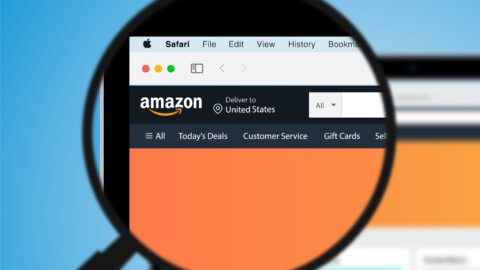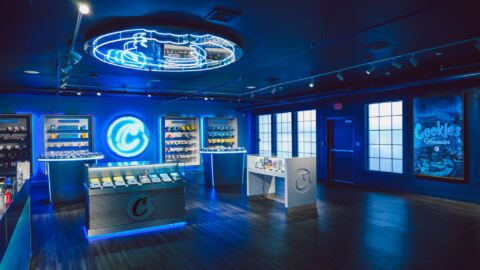 The e-Commerce environment is becoming more crowded with online giants and start-ups alike. As a result, retailers are trying to better differentiate themselves and pique consumer interest.
The e-Commerce environment is becoming more crowded with online giants and start-ups alike. As a result, retailers are trying to better differentiate themselves and pique consumer interest.
A recent L2 Intelligence Report indicates that weaving content and commerce together may be what separates retail winners from losers. However, the Content And Commerce report, which was developed in partnership with Demandware, concludes that despite the potential value of content marketing, very few retailers are investing in it sufficiently.
More than half (52%) of retailers and other business-to-consumer (B2C) organizations admitted that they do not have a documented content strategy. Of the B2C companies that do have a content marketing strategy, only 23% ranked themselves as very successful at tracking ROI, giving themselves a score of either four or five out of five.
While developing a content strategy, retailers need to focus on staying true to the brand image and story, while also establishing a genuine tone and approach.
“Retailers have struggled with creating content as an appendage to the normal in-store or digital experience,” said Rob Garf, VP of Industry Strategy and Insights at Demandware. “But they’ve also struggled because their content typically is very disingenuous, and consumers get turned off by that.”
In the past, retailers have “over-steered on promotions embedded in the content,” Garf said. “They make it come across as an infomercial rather than something that is educational and knowledge base.”
Examining the efforts of 80 global brands, L2 tracked how they produced and syndicated content across a variety of environments. The four most prevalent types of content marketing in retail include:
- Blogs and microsites;
- Videos and tutorials;
- User-generated content; and
- Guided selling tools.
Of all different content formats, user-generated content is going to become more prevalent and valuable to both brands and consumers, according to Garf. “Having user-generated content on an e-Commerce site addresses that authenticity challenge. It also allows brands and retailers to outsource some of that content creation to consumers, which creates a balance for organizations.”
Most user-generated content comes in the form of photos on Instagram or Facebook and videos on YouTube, Garf noted. To maximize the value of the value this content, retailers need to break down the barriers between these channels and the e-Commerce site. “They need to ask: How can I partner with these communities and embed that content in a product page or home page, and potentially turn an educational experience into a shopping experience.”
A Customer-First Approach
During the analysis, L2 and Demandware identified three core pain points that organizations face while converging content and commerce. They are:
- Content ownership: While approximately half of organizations indicated that the e-Commerce team owned content strategy, the other half said a marketing or editorial team spearheaded their efforts. This is an evident rift that impacts the type and quality of content being created, according to the report.
- Content objectives: Overall, retailers and brands are publishing content that is difficult to find and shop, which creates a series of obstacles for online shoppers. Because content is not embedded across the broader e-Commerce site and experience, they do not successfully meet content objectives.
- Content globalization: Brands are looking at content from a national point of view. While the U.S. may acquire the largest share of online sales, e-Commerce is empowering retailers to expand globally. As a result, retailers need to consider the global impact of content, and strive to localize asset messaging to specific regions.
Regardless of the channel it is syndicated on, content should “naturally fit into the shopper’s journey,” Garf explained. “So much content has been spun up just for content’s sake. It’s driven by the marketing organization and they’re taking a strictly ‘inside-out’ approach. Meaning everything needs to be seen from their point of view.”
Content marketing winners focus on taking a customer-first perspective to their strategies. By understanding shoppers’ wants, needs and problems, these retailers are providing the tools, resources and information they need to make more confident buying decisions.
Click here to download a copy of the report.













